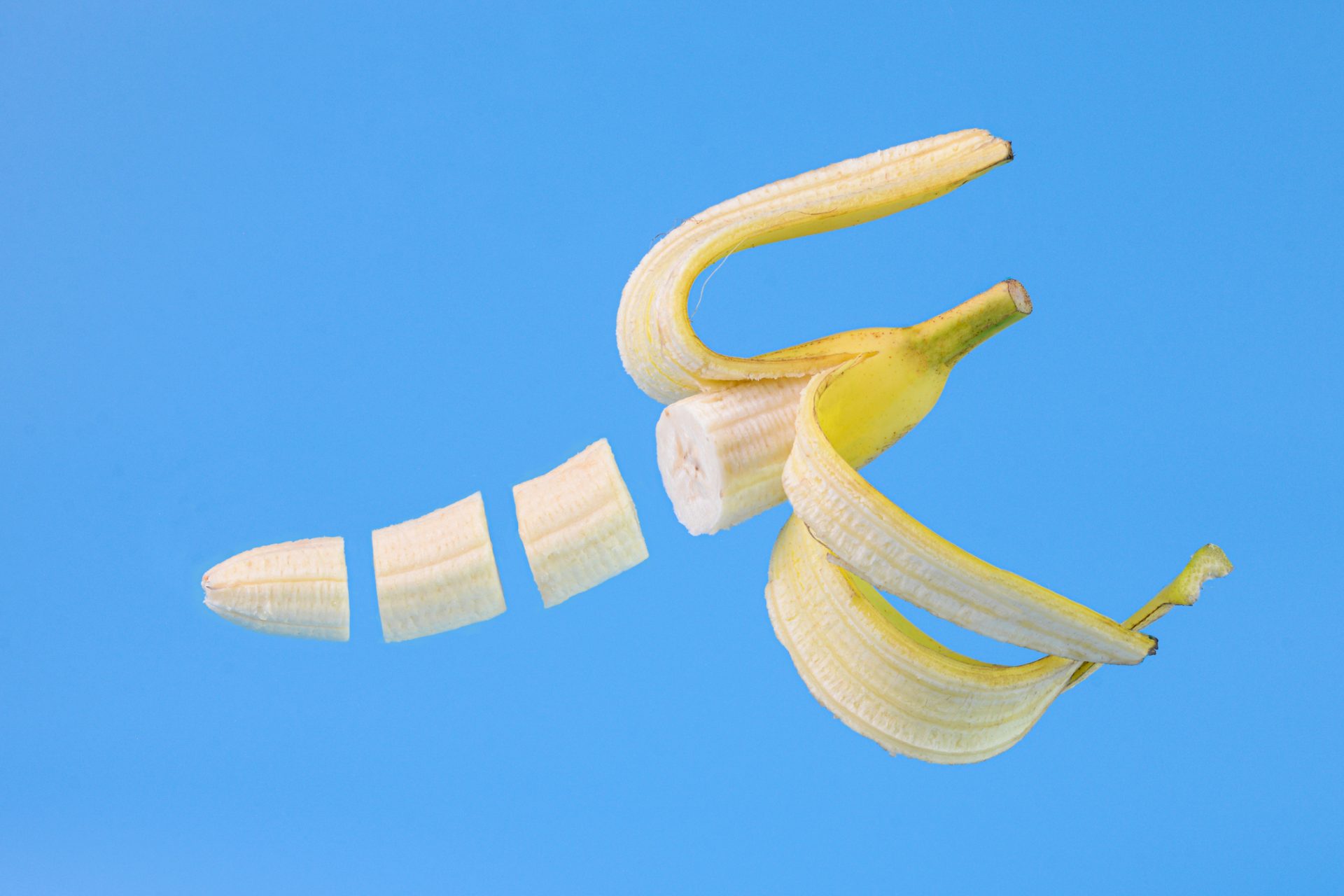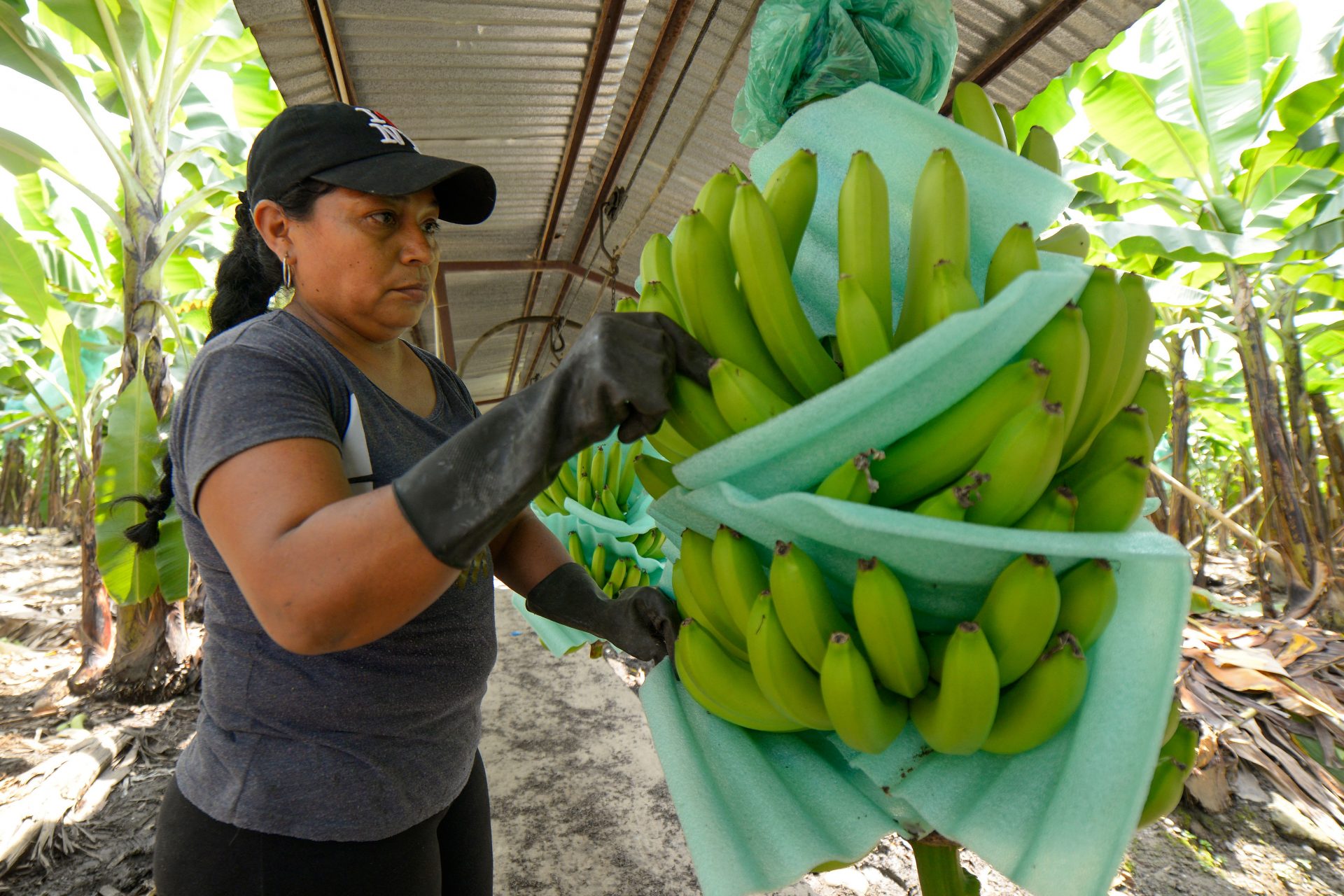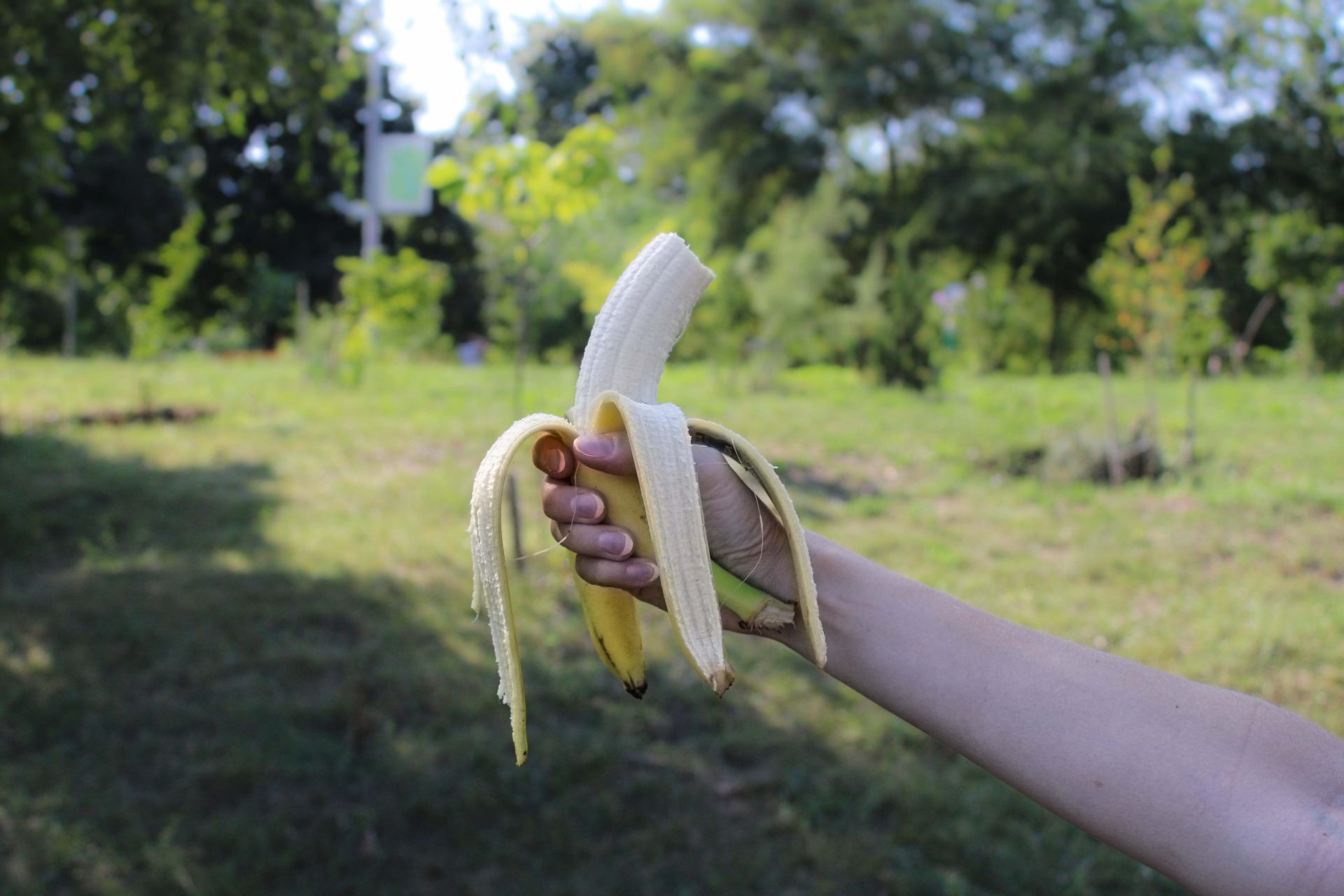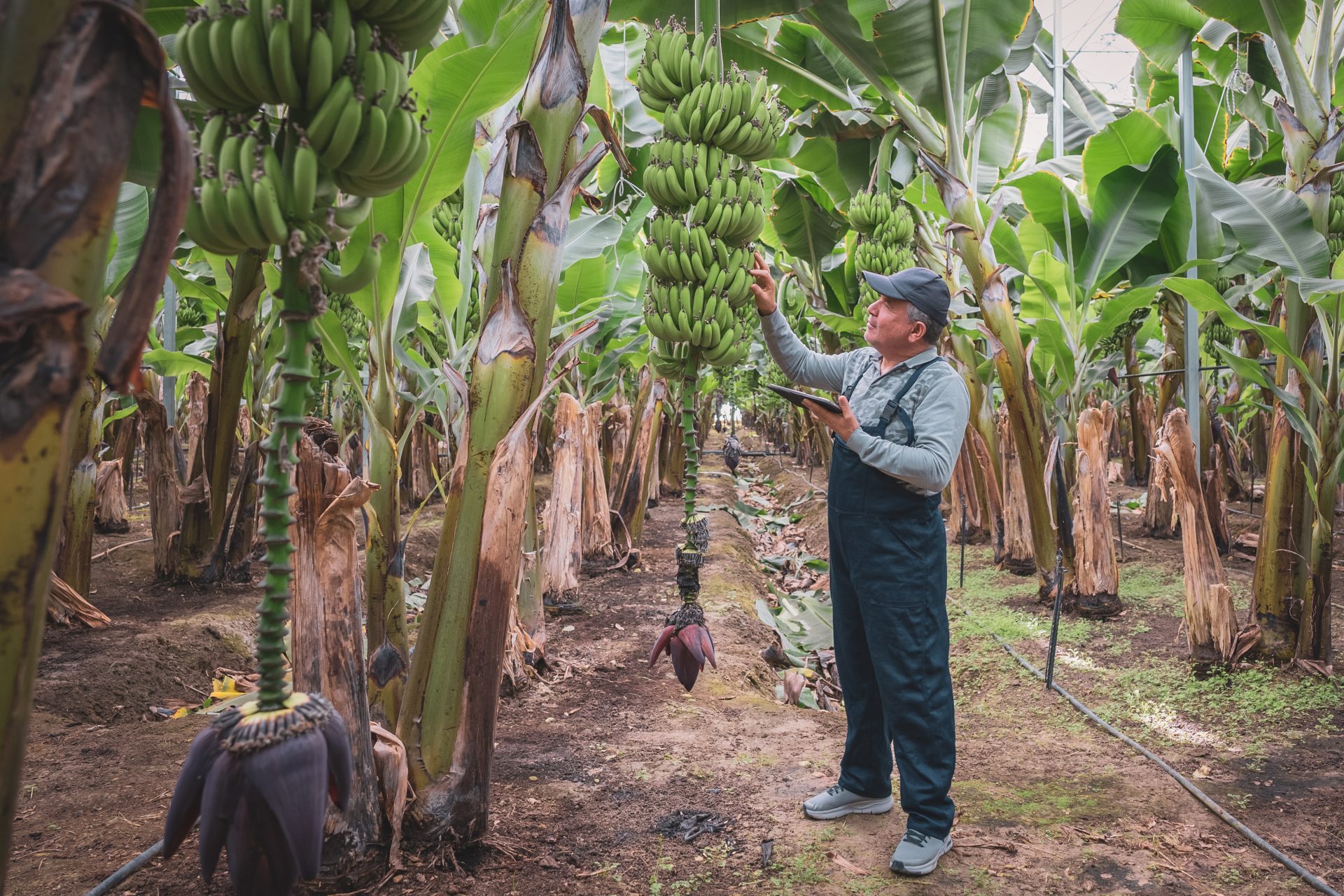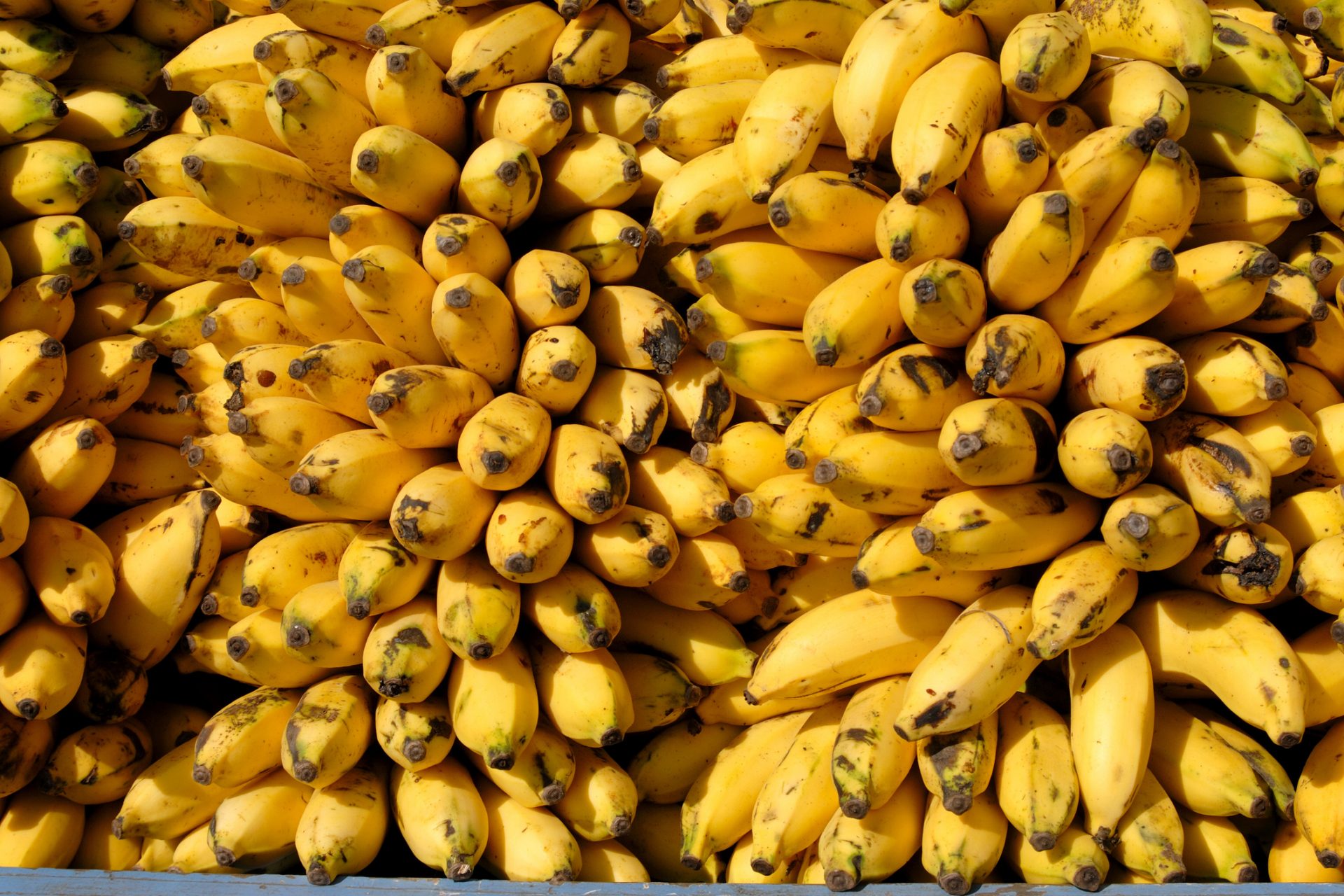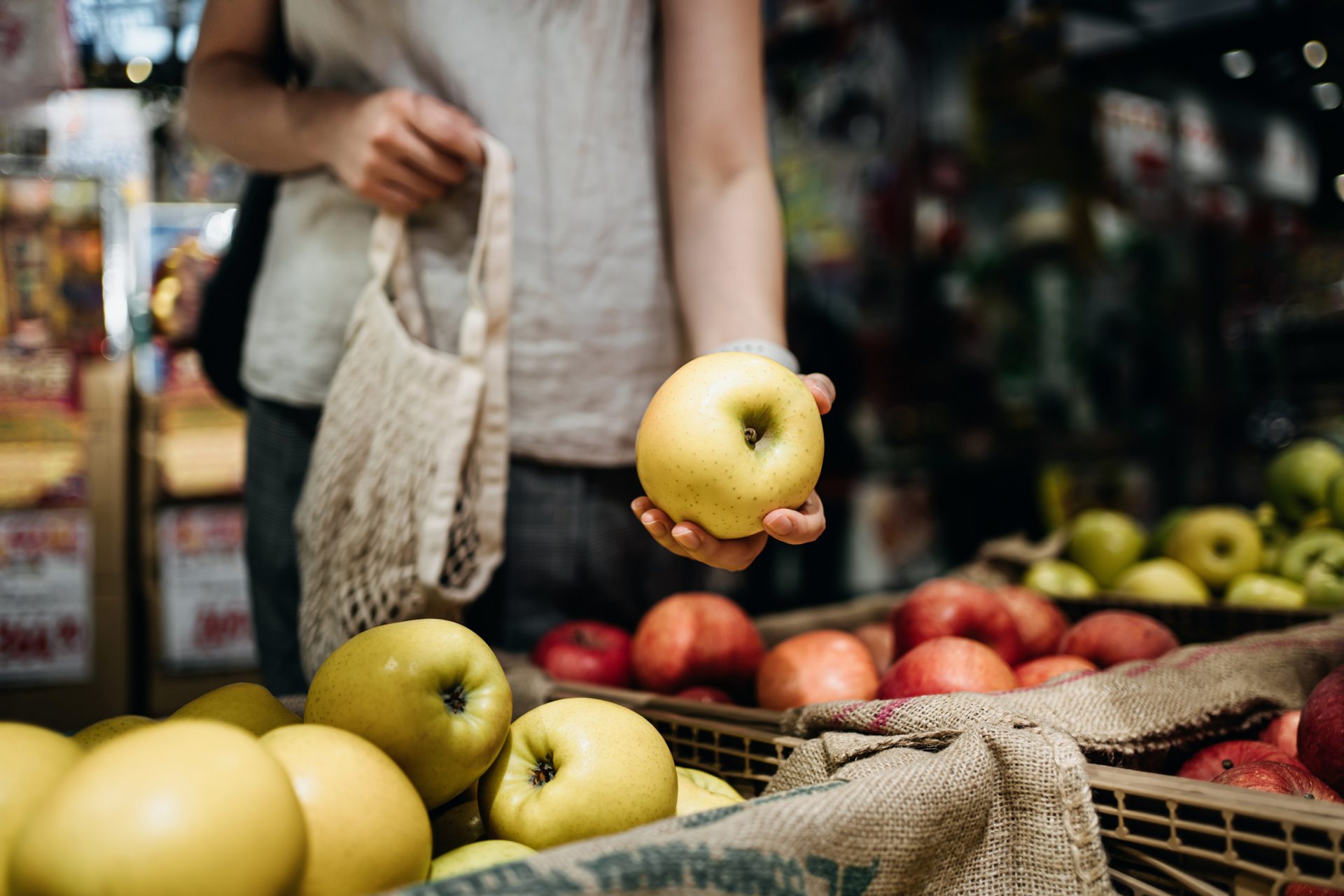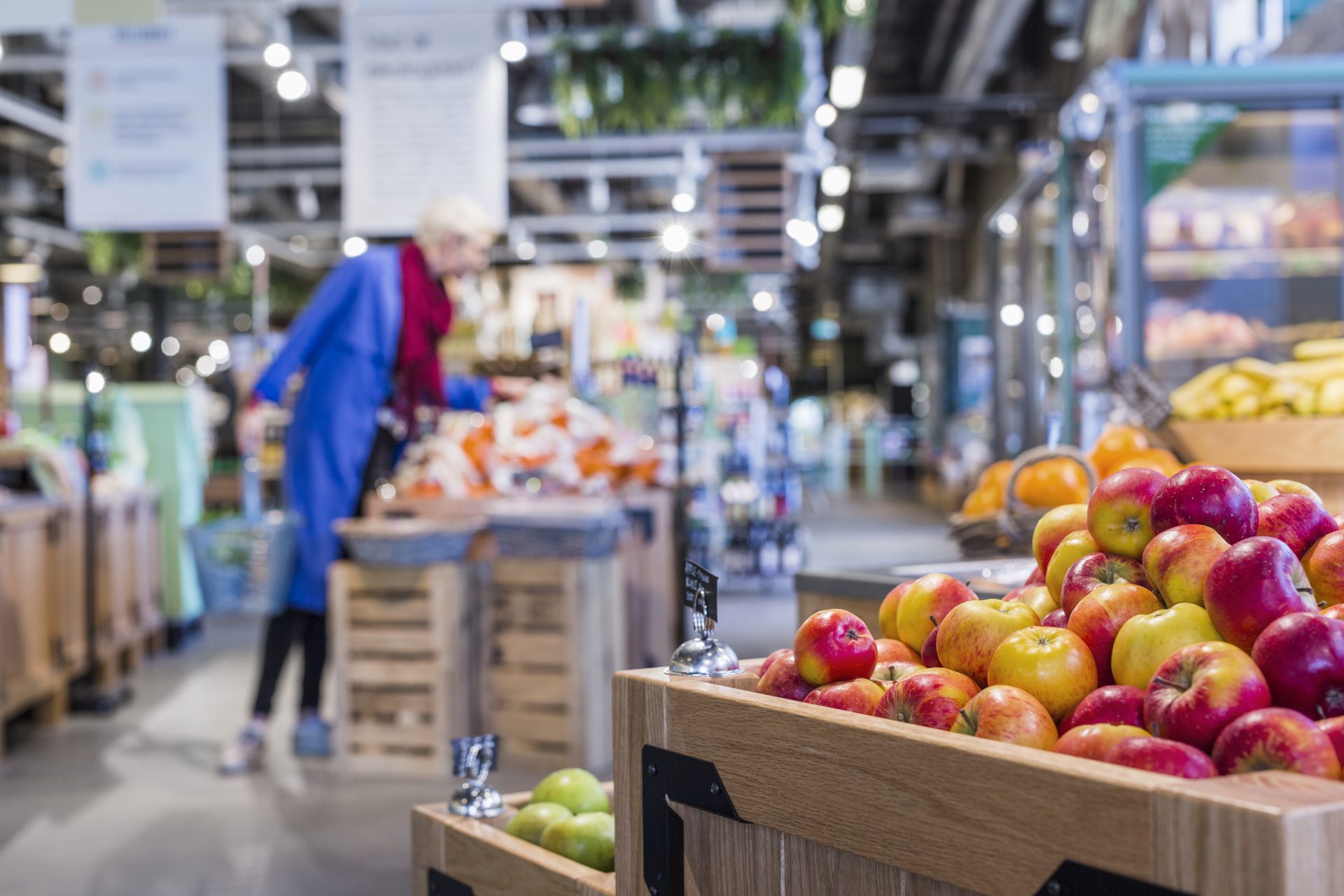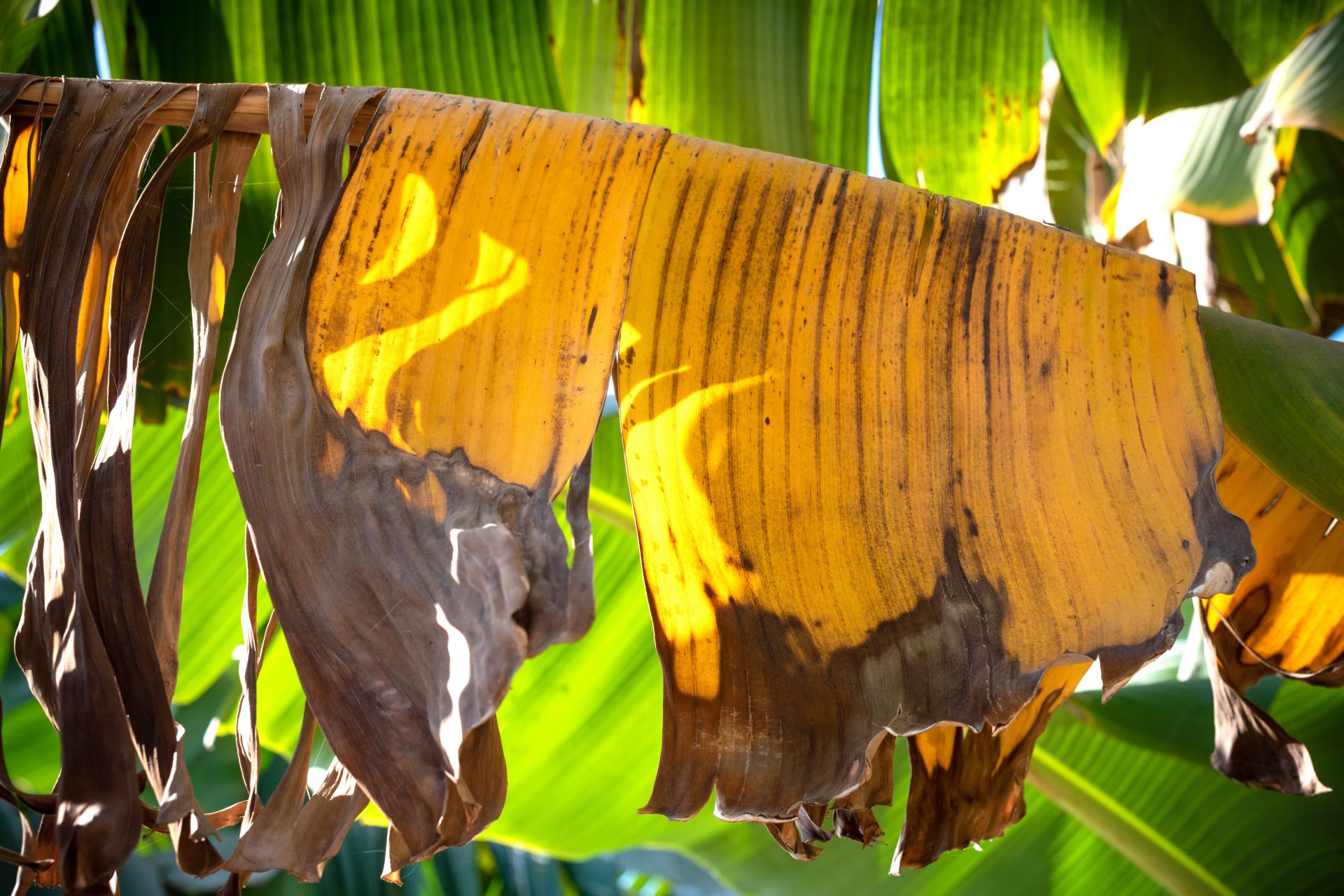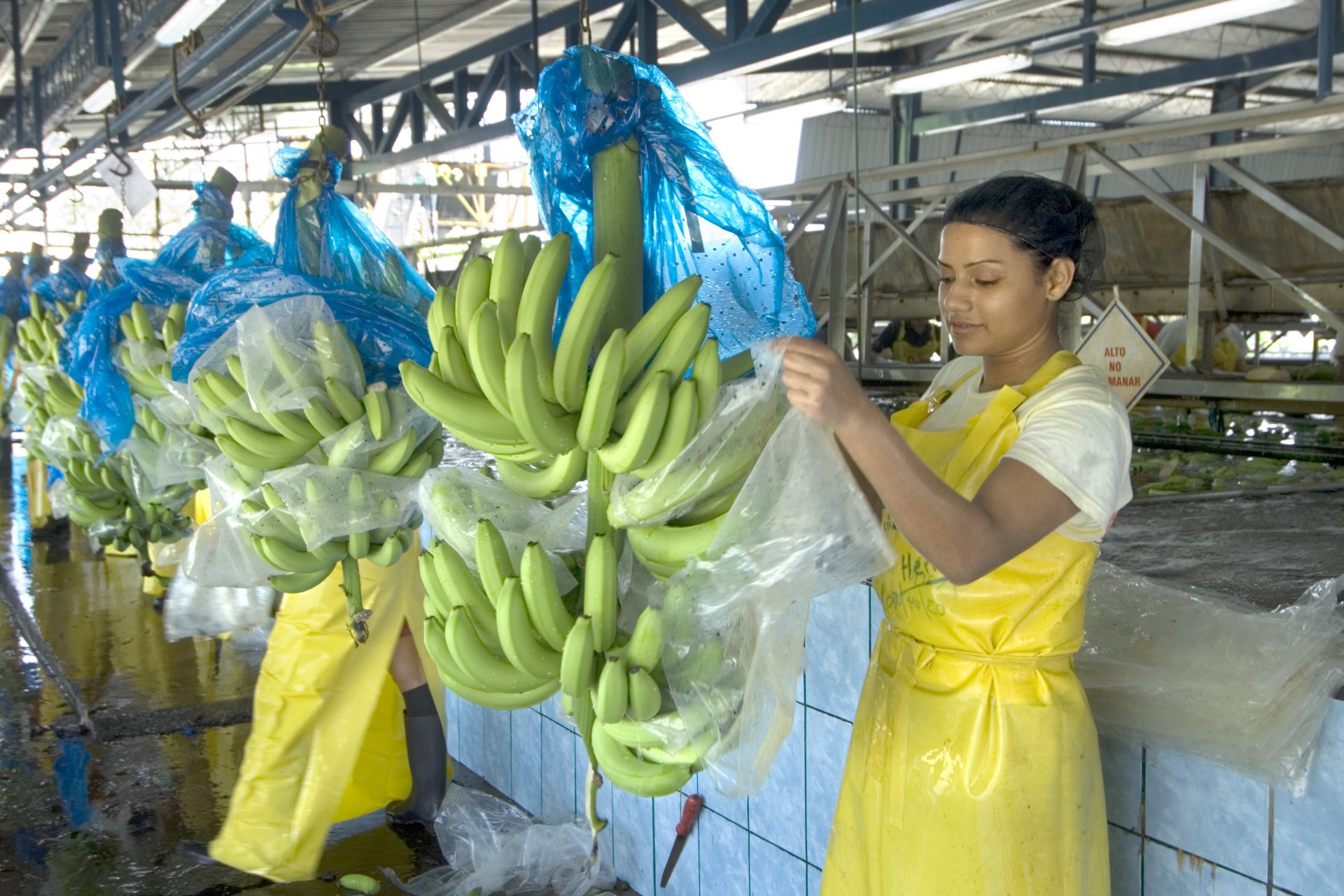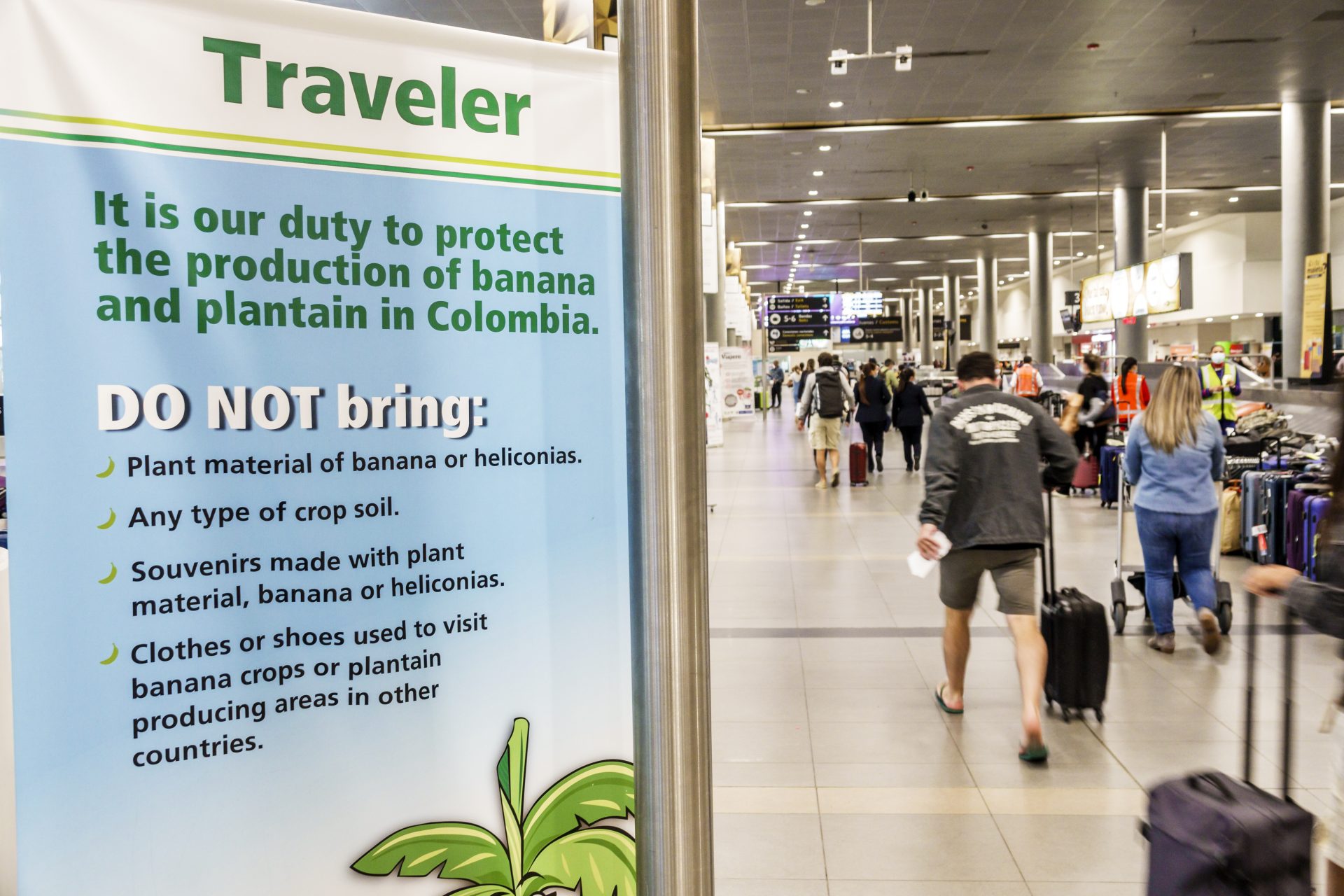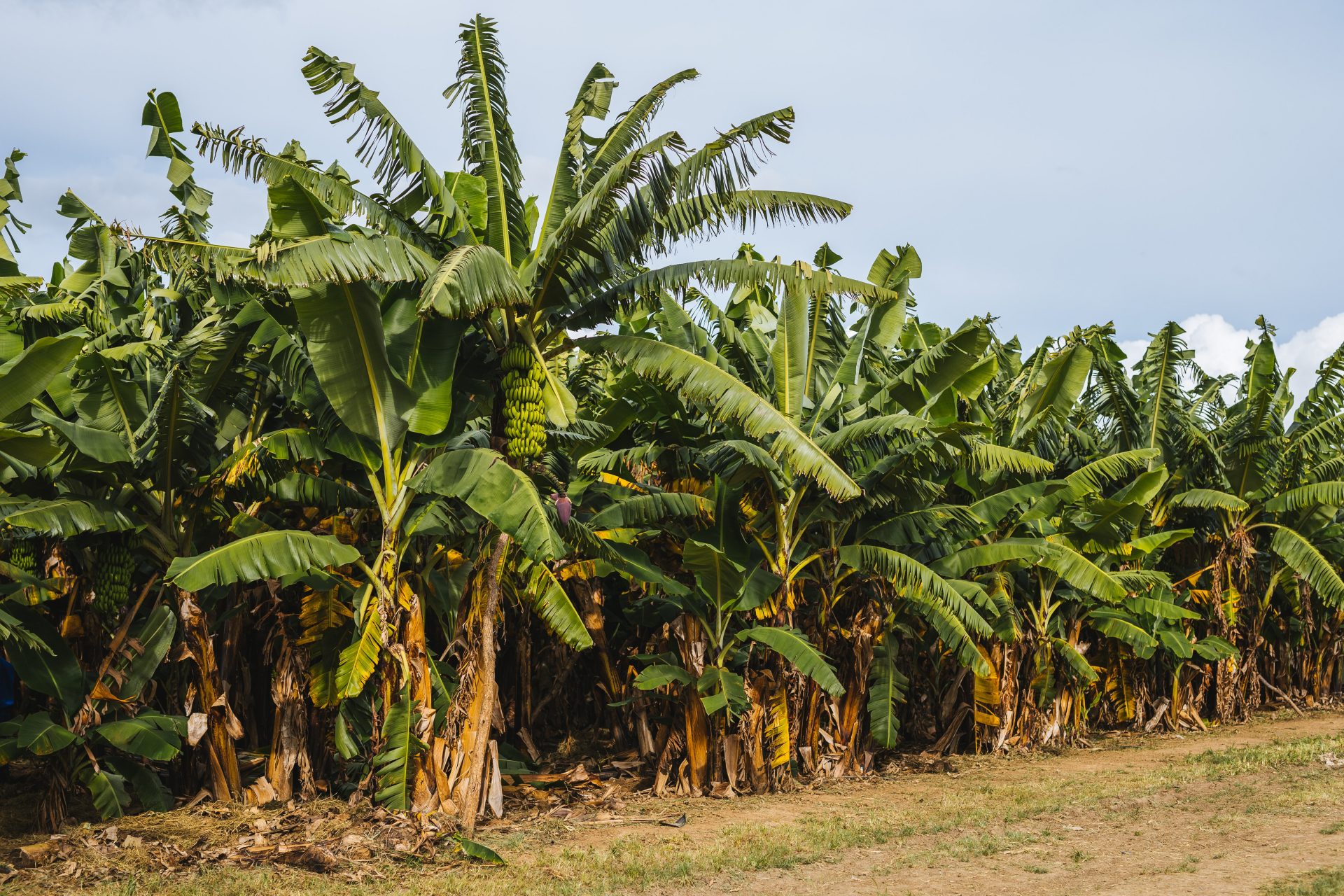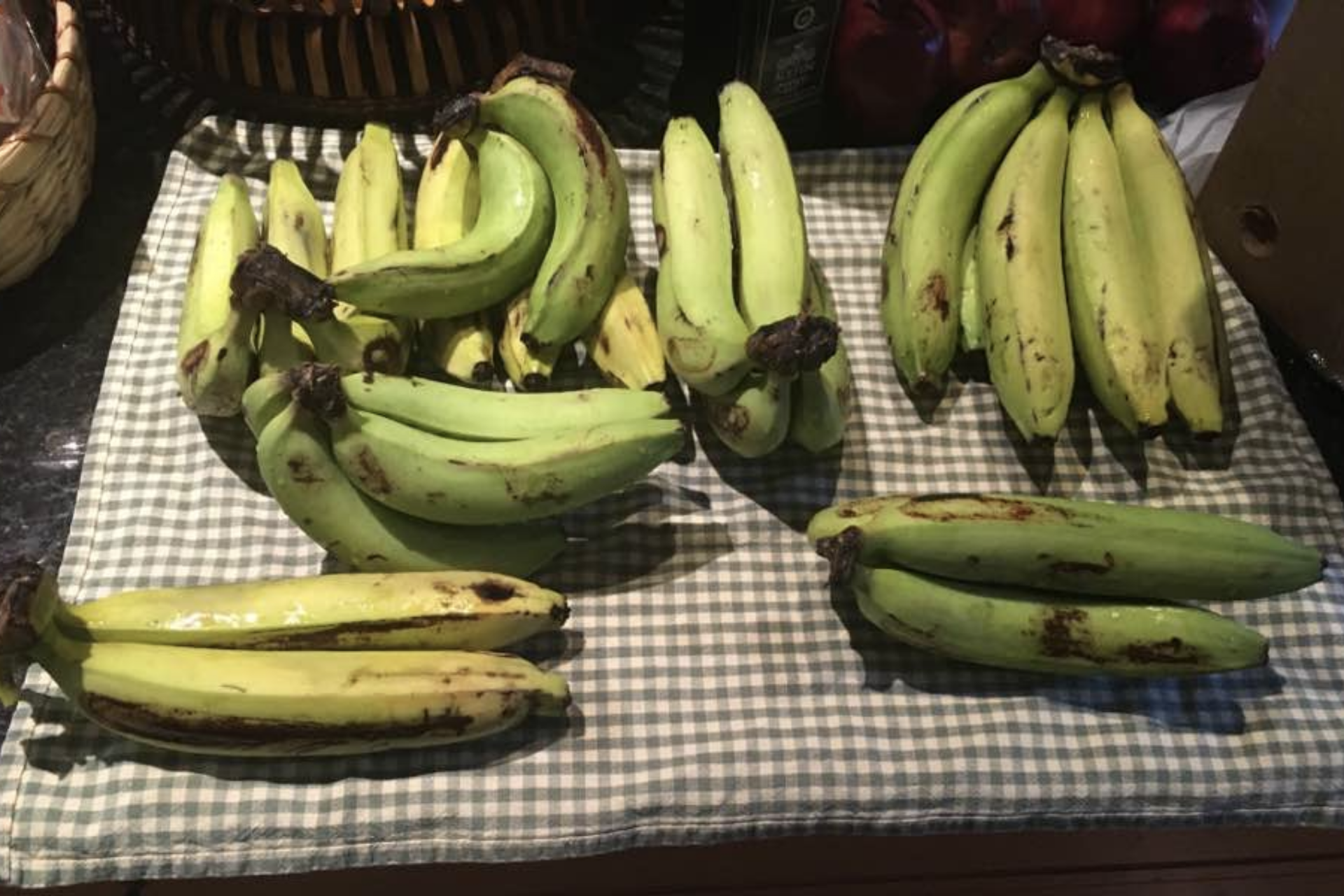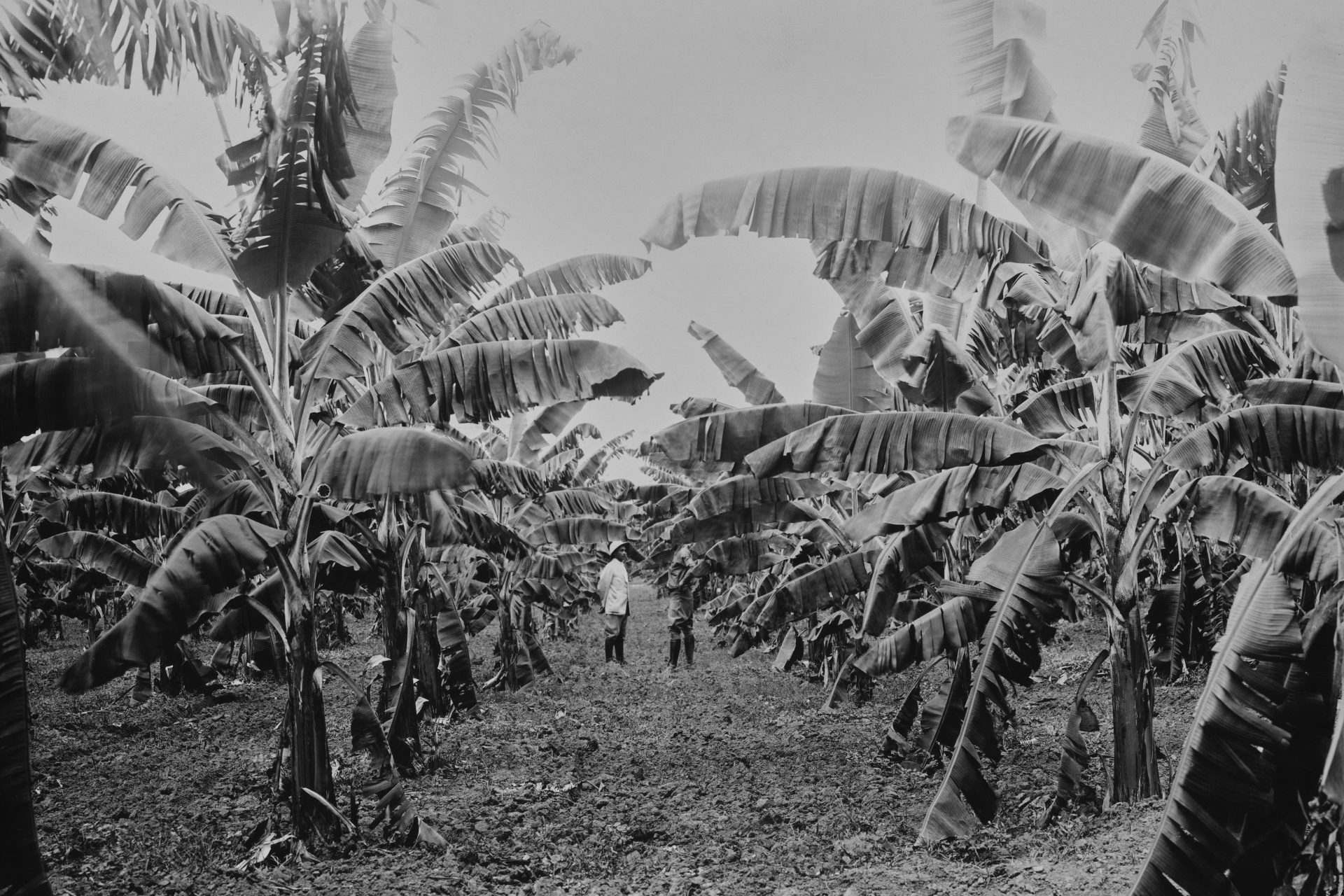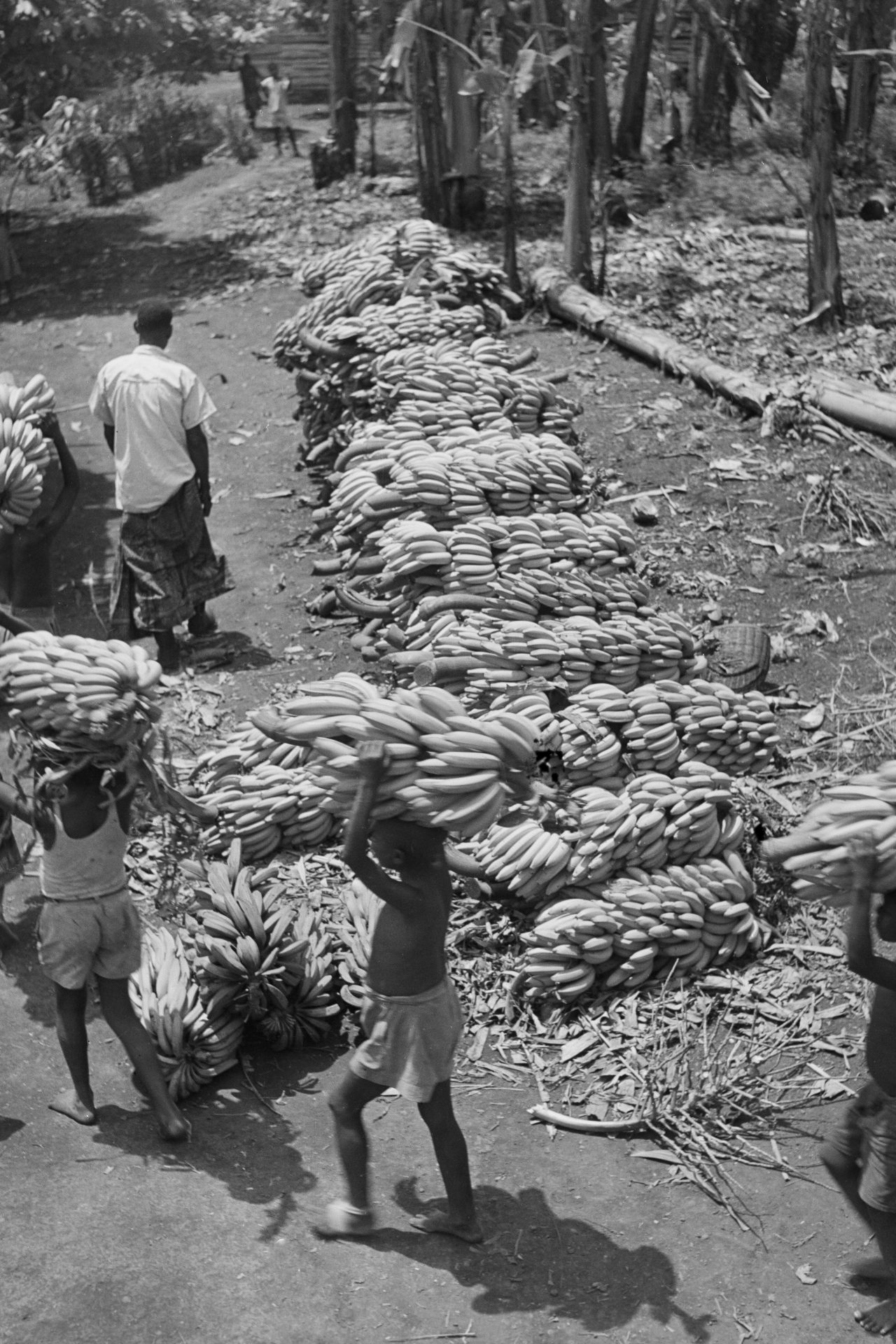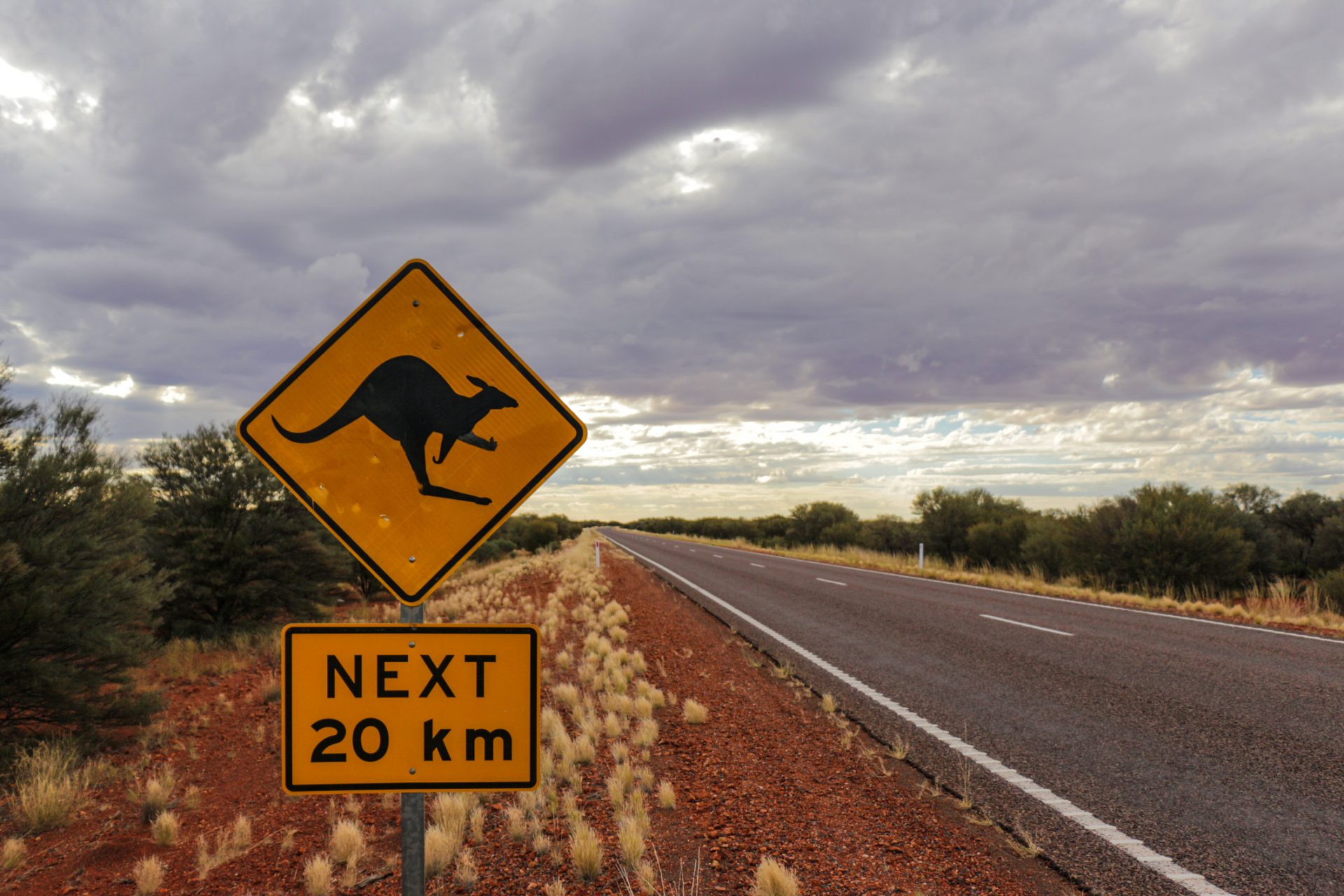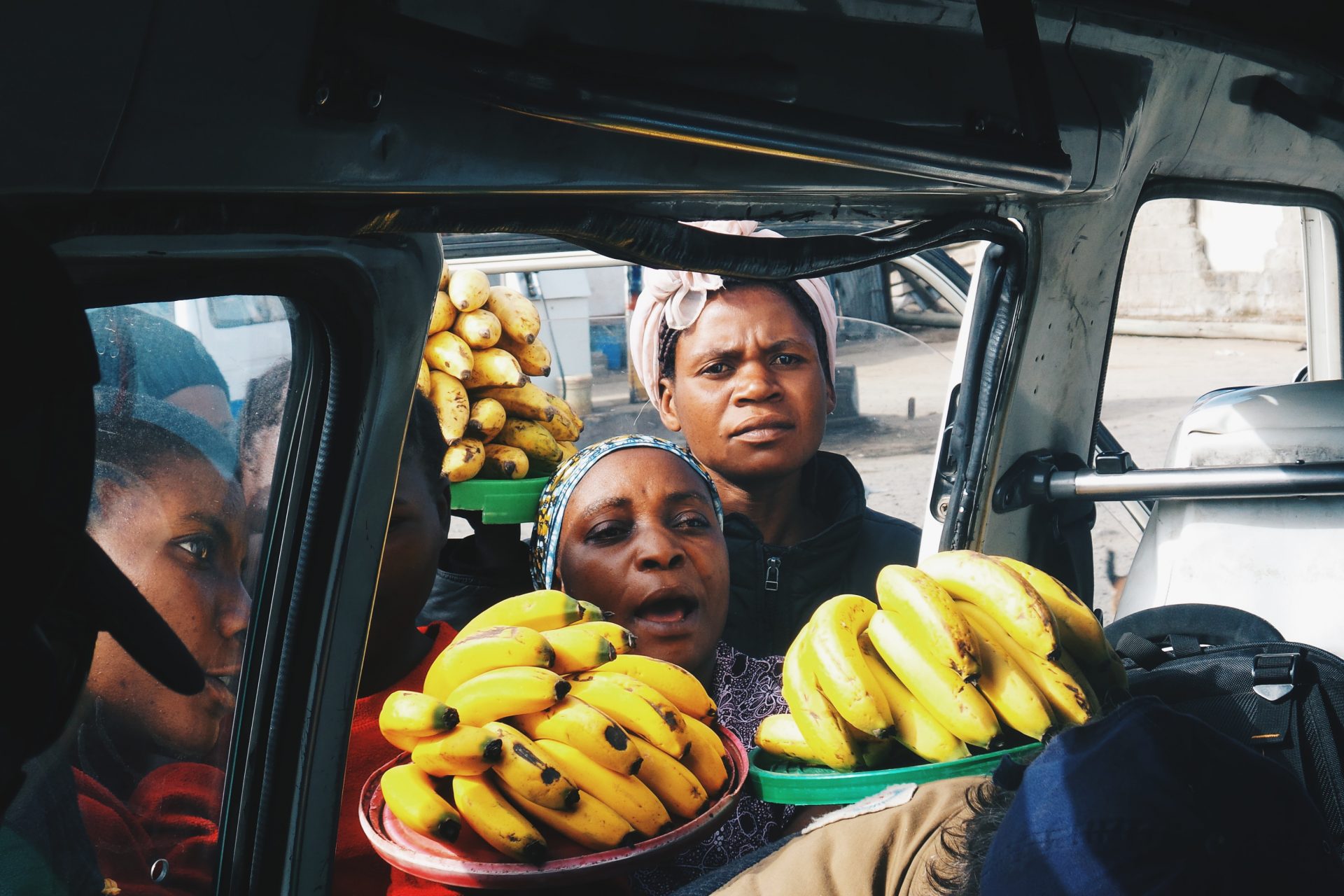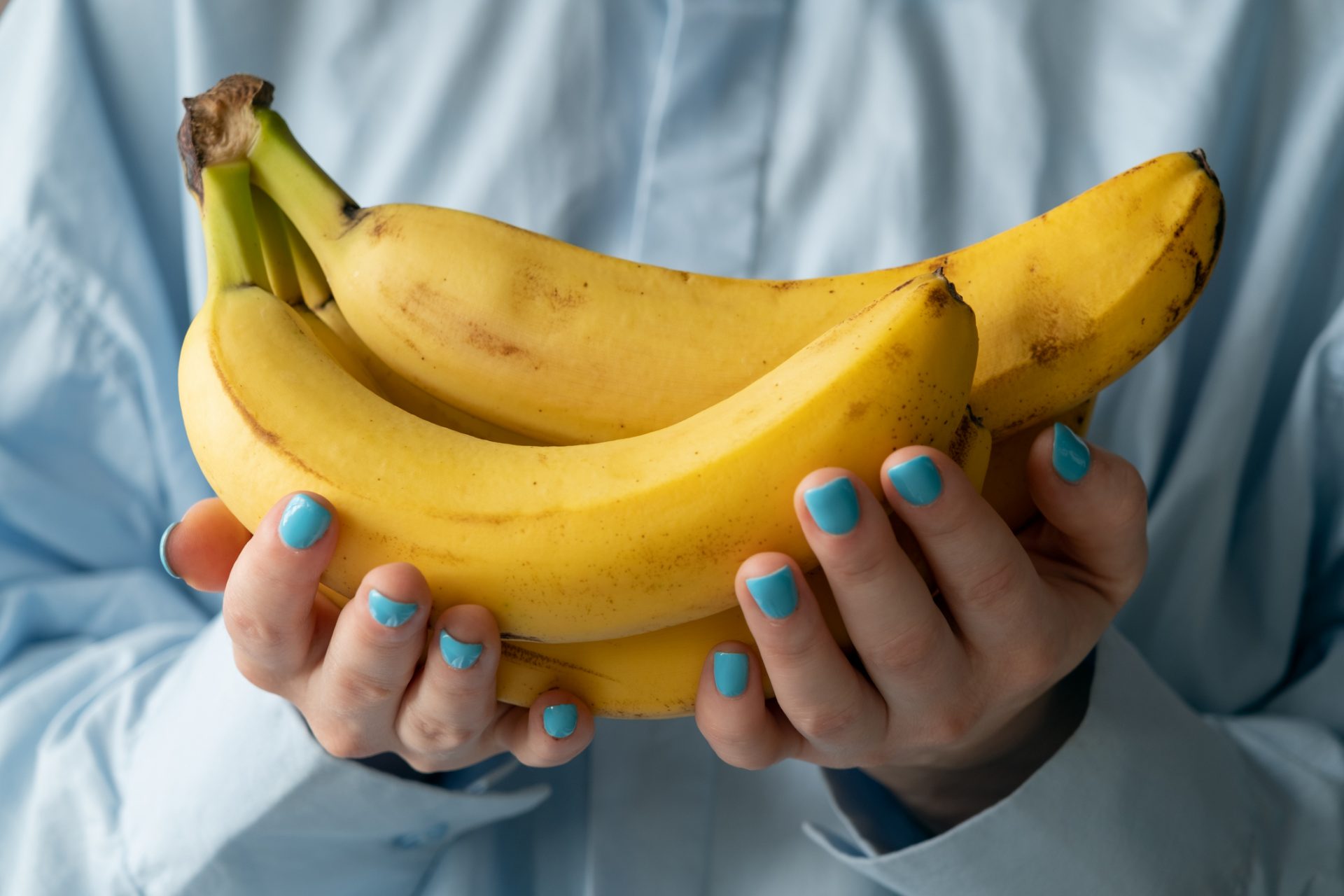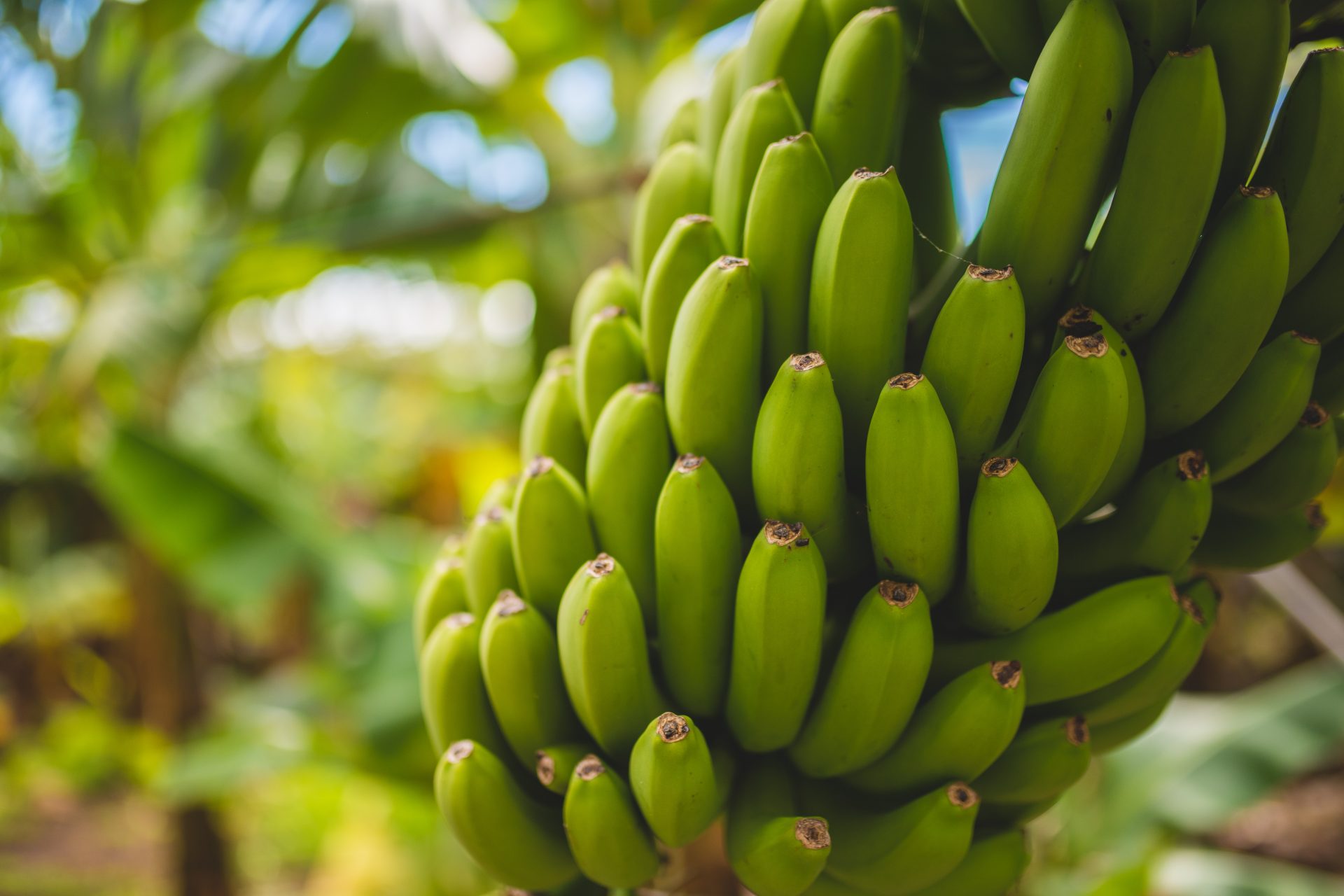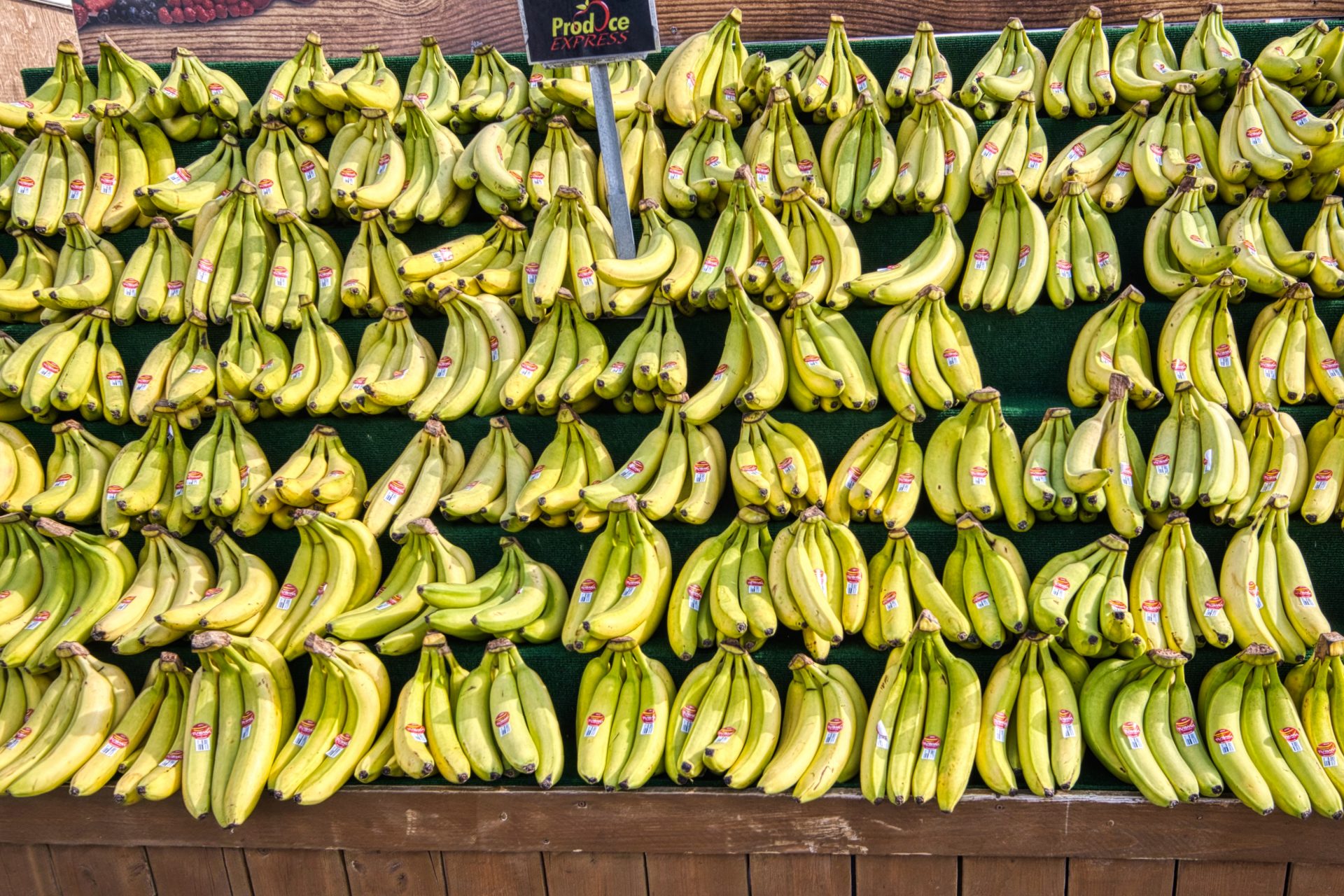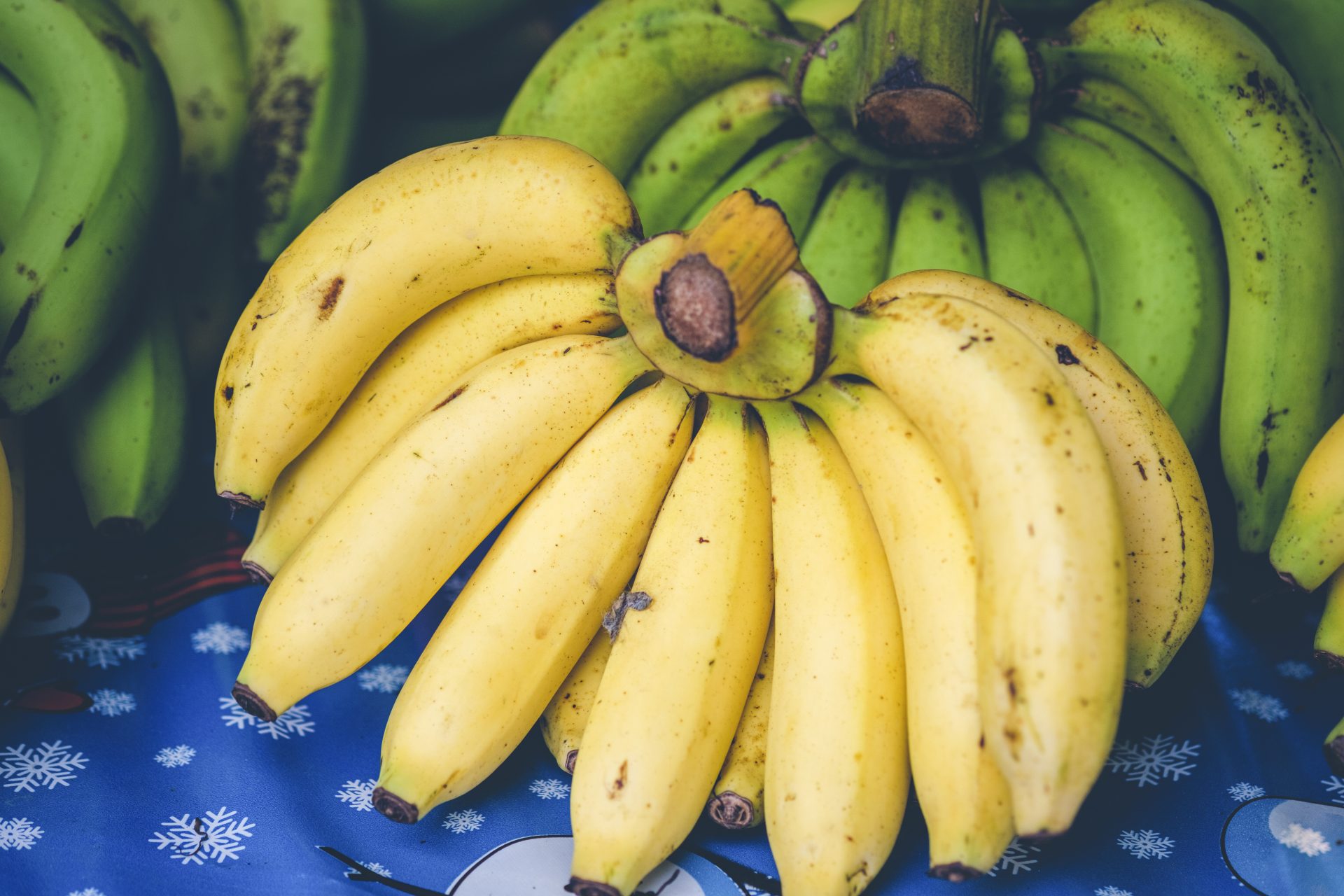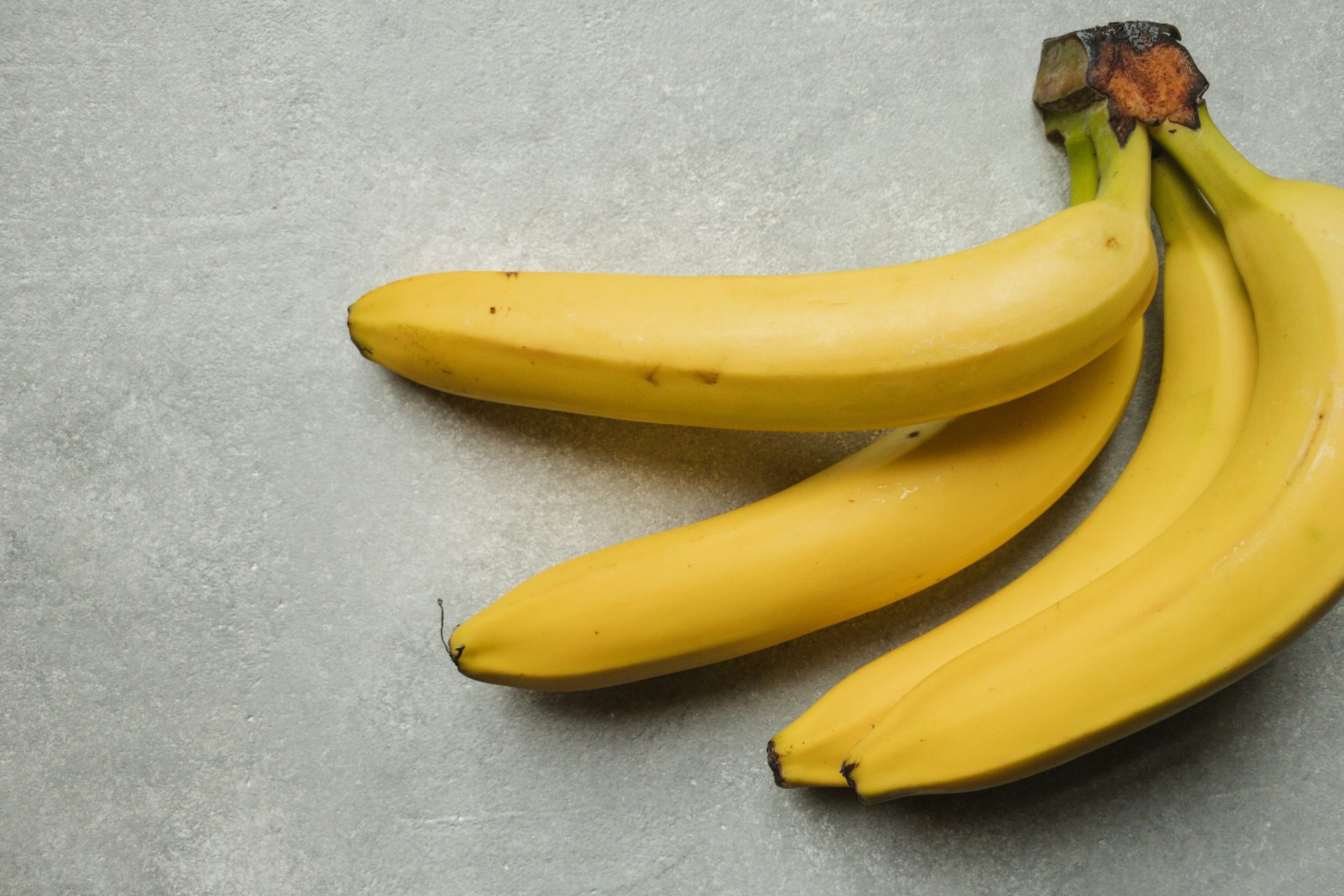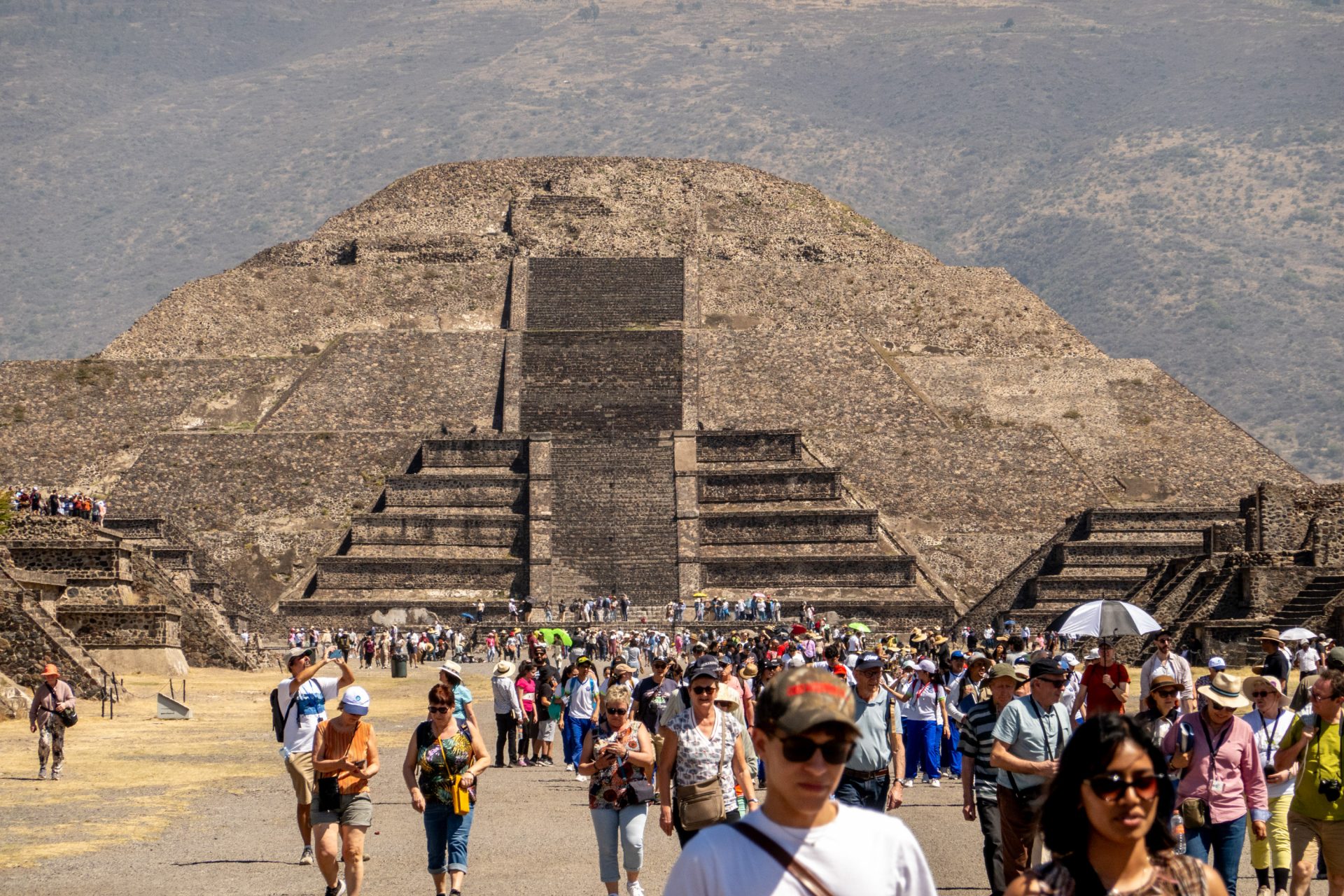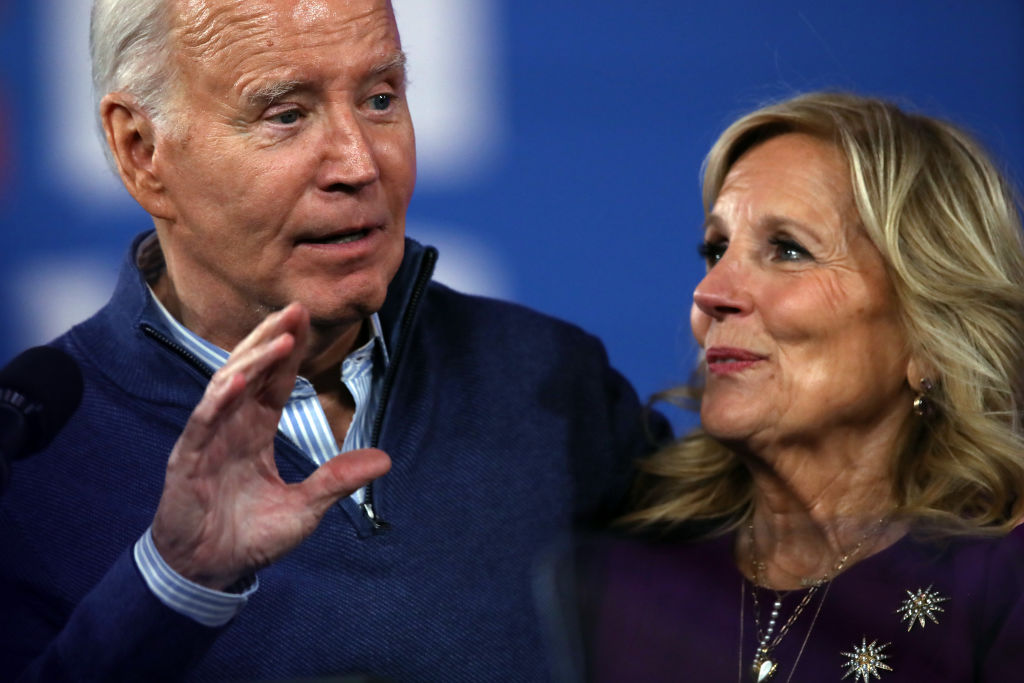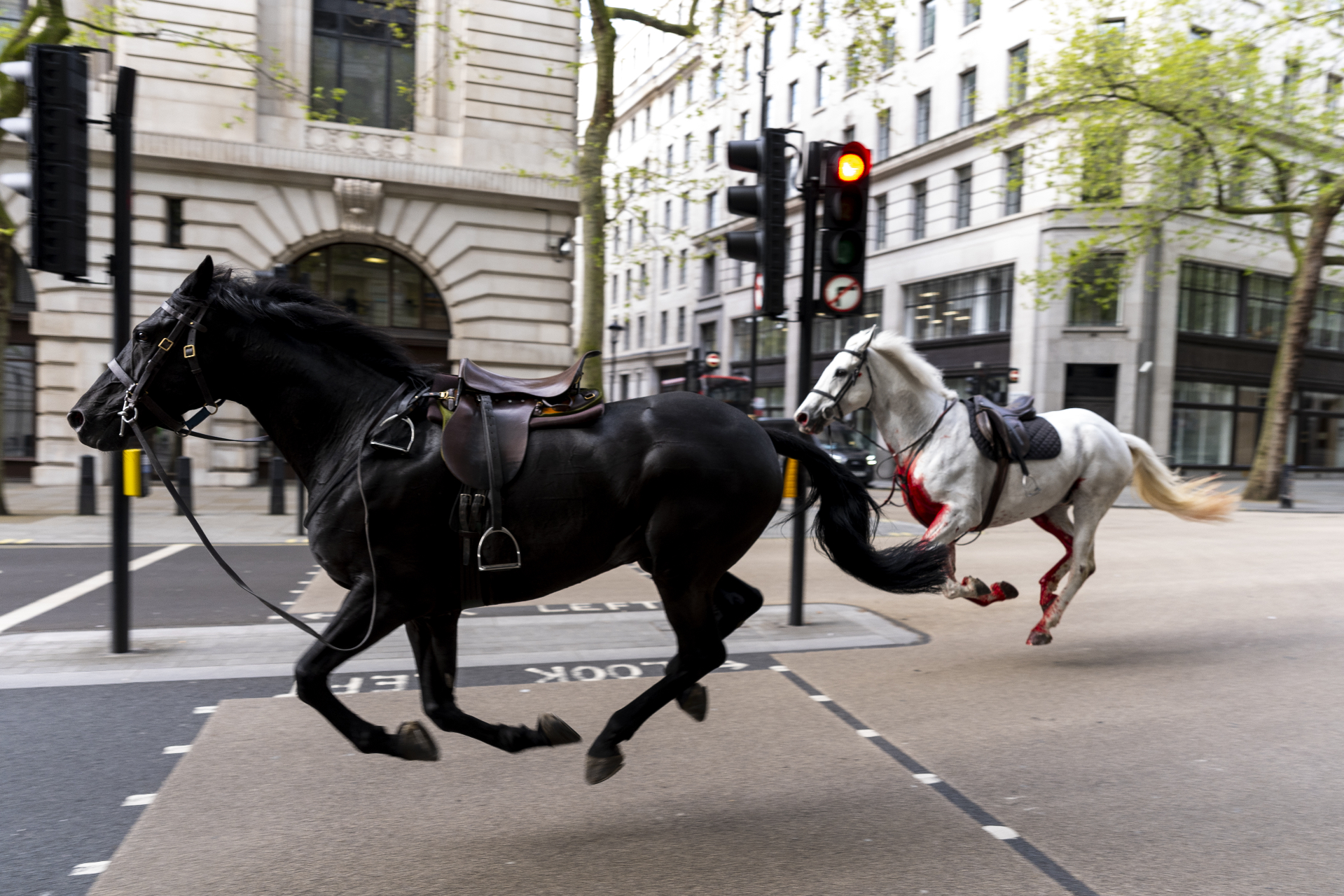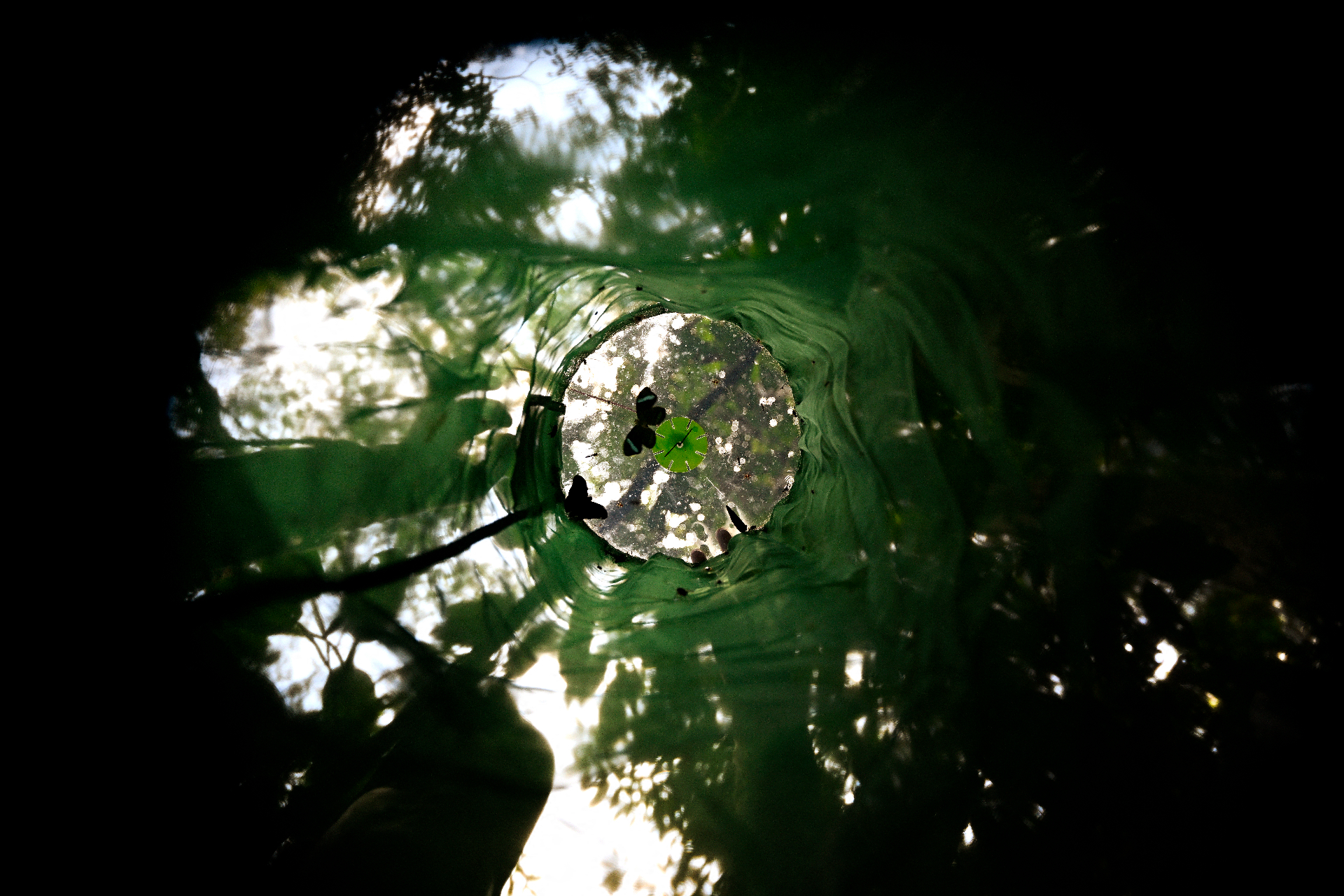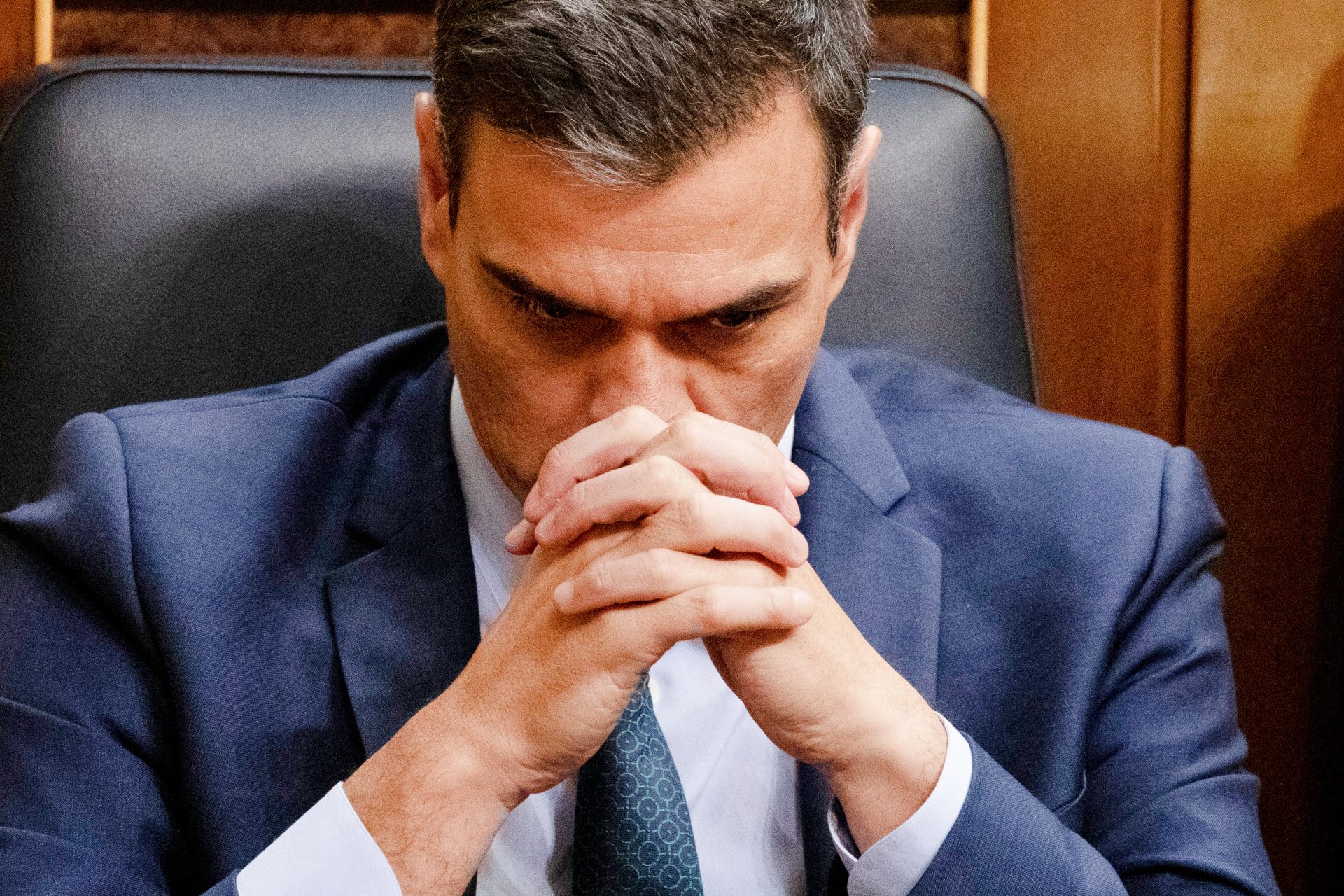The best banana in the world could soon disappear entirely
Bananas are an important part of the modern human diet and you can one of these tasty and nutritious treats in nearly every corner of the world. But did you know bananas are soon going to disappear?
That's right. the species of banana that people across the globe have come to love isn't long for this world. Don't believe us? It's happened before and it's going to happen again for the same reason
Fungal disease is the culprit coming for bananas and we might not be able to do anything about it. Let's take a look at what happened before and how it is happening again, plus how it will affect you!
Humans eat around one hundred billion bananas a year and most of those fruits are the Cavendish variety according to Business Insider. These popular bananas make up 47% of all bananas eaten by humans and that’s a problem.
Most of the world’s banana production is geared toward the production of the Cavendish banana, which means the entire system is far more vulnerable to diseases than many of the other types of fruits you’ll find in the grocery store.
For example, the author of the book ‘Banana: The Fate Of the Fruit that Changed the Earth’ Dan Koeppel told Business Insider that apples are far less susceptible to disease since they are produced in a vast variety of different types.
“If I go to any supermarket in the US, I will find between five and 30 apple varieties," the author said. "Apple growers are going nuts trying to introduce new varieties naturally as well as through hybridization, and genetic modification."
It’s the genetic modifications of the humble apple that allow it to withstand the trials and tribulations the Cavendish banana faces from a nasty little fungal disease known as Panama Disease Tropical Race 4.
Panama Disease Tropical Race 4 begins in the roots of a banana tree and spreads through the plant until it stops the banana tree from being able to absorb water or create energy via the process of photosynthesis.
Infected banana trees are eventually killed by the infection but what’s really worrying is that this banana tree-killing disease has been infecting plantations all around the world since the 1990s according to Dan Koeppel’s research.
In 2016, Koeppel spoke with CNN about the danger of Panama Disease Tropical Race 4, and noted that it's “caused by a really common type of fungus called Fusarium… A single clamp of contaminated dirt is enough to spread it like wildfire.”
Koeppel explained that the fungus can be carried by the wind, cars, or water and that it will create new infections wherever it ends up. While this may sound alarming, it actually isn’t the first time the world has to deal with this problem.
Long before the Cavendish became the world's most popular banana there was a sweet banana known as the Gros Michel that was mainly being exported to Western countries according to the New Scientists.
Photo Credit: Wiki Commons by Zwifree
However, the Gros Michel fell victim to a strain of Fusarium fungus with the designation Tropical Race 1, which also causes Panama disease. The infection cropped up in 1920 and by the 1950s the Gros Michel was all but gone.
Growers switched to the Cavendish because of its resistance to Tropical Race 1 despite the banana being less sweet than the Gran Michel. Now the Cavendish could suffer the same fate as the Gros Michel unless science can save it.
In 1997, Tropical Disease 4 cropped up in Darwin, Australia, and quickly spread through the country by 2015. Queensland University of Technology professor Dale Johnson told Business Insider that the spread has only gotten worse.
"Since then it has spread to India and China, the world's largest producers of bananas. It has also spread to the Middle East and Africa and very recently was found in South America," Johnson said. But he is working hard to save the banana.
Photo by George Kantartzis on Unsplash
Johnson and a team of his colleagues have developed a genetically modified version of the Cavendish banana known as QCAV-4 that is highly resistant to Tropical Race 1, and they’re not the only ones working on the problem.
A team from the Taiwan Banana Research Center is working on creating a Cavendish that is resistant to Tropical Race 1 through natural selection Business Insider reported, but Koeppel noted either solution might not be enough.
Photo by Monika Guzikowska on Unsplash
"It's true that there is some resistance, but I'd say right now, nobody is even close to solving the problem," Koeppel explained to Business Insider, "The answer is going to be the end of monoculture. The answer is variety."
Photo by Eric Prouzet on Unsplash
Luckily, the end of the Cavendish doesn't mean the end of the banana. The world does grow hundreds of different varieties of bananas according to National Geographic and we may be able to find a replacement.
However, finding a banana that can replace the benefits of the Cavendish may be hard. Some bananas are too big and small, others are too sweet or lack the heartiness needed for mass production and transport.
Photo by George Kantartzis on Unsplash
"Researchers hope working with these diverse cultivars and the wild varieties can help them develop bananas that are more disease-resistant and hardy enough for mass production," wrote National Geographic. But so far a replacement hasn't been found.
Photo by Anastasia Eremina on Unsplash
More for you
Top Stories



